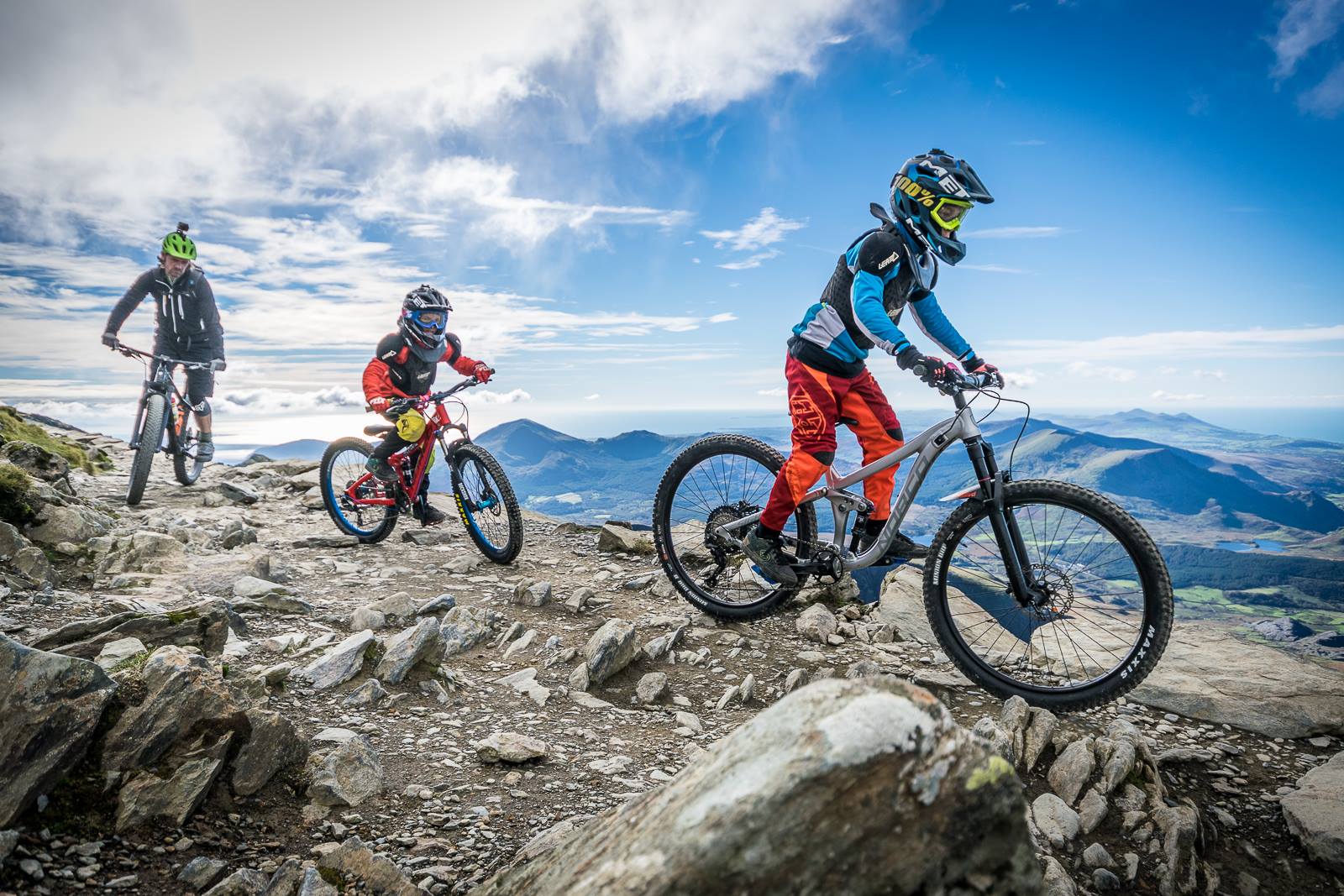Bike Maintenance
When I was a kid we didn’t have much money and so the bikes I rode were always second hand. One of the joys of having old bikes was that they were always breaking, but it didn’t really matter if you took them to pieces to try and fix them – you weren’t likely to make them any worse. Being able to fix my own bike offered a real sense of freedom – I could ride wherever I wanted and be sure that I could make it home. Or at least that’s what I thought back then.
When mountain biking hit the UK in the late 80’s I began racing as part of a small team of friends and, due to my previous experience of bike tinkering, became the team mechanic by default. Suddenly bicycle repair became a matter of urgency – getting a bike back in working order quickly meant the difference between a good race position or perhaps not even finishing.
When I began touring off-road, being able to fix the bike became even more important. Now if it broke and I wasn’t able to fix it, then the consequenses might be much more serious – I could be stranded miles from civilisation (and the nearest bike shop!) I learned how to fix my bike on the trail using emergency techniques that would get it moving, even if I didn’t have enough tools to, or couldn’t, make a full repair.
Later in life, I started recycling bicycles for charity, or for sale locally, picking up discarded bikes from local holiday parks and rebuilding them using the piles of spare parts I’d amassed over the years. I worked on all kinds of stuff – mostly cheap shit – but it gave me an insight into how to fix some of the worst of bike problems, from jammed seatposts to rusted on crankarms. The hacksaw became the tool of choice.
Now, in my day job (when I’m not coaching), I run a bike shop at the UK’s oldest trail centre where we hire a large and varied fleet of hire bikes, from basic hardtails through to top end full-sussers. Being located right next to the trails we get to see our fair share of bike breakages and damaged components, and do our best to get folks back out on the trail as quickly as possible.
The variety of bicycle technologies in use has increased dramatically over the last 30 years – it used to be that all bikes were very similar – there were well defined standards which most (if not all) manufacturers followed, but the advent of mountain biking has shaken everything up. Fortunately, there are some things that don’t change between bicycles – they all have two wheels, they all have pedals, and it’s the pedals that make the wheels go round. As such there are general bike maintenance rules that can be applied across most bikes.
In the following pages I’ll be writing up some simple guides to bicycle maintenance, looking at the differences between competing technologies, and sharing some of the tips and techniques that I’ve learned along the long and winding path of my life spent tinkering.
1. The chain – what it is, how to fit it, and how to keep it running smoothly.
2. The rear derailleur – that ingenious bit of kit that makes riding easy!
3. The front derailleur – uphill and down dale, it give those big speed changes.
4. Tyres and tubes – punctures, tears, and tread patterns – it all adds pressure.
5. Spokes and rims – what goes around comes around. Hopefully.
6. Hubs – bearing down on what makes your wheels go round.
7. Bottom brackets – the thigh bone connected to the knee bone.












